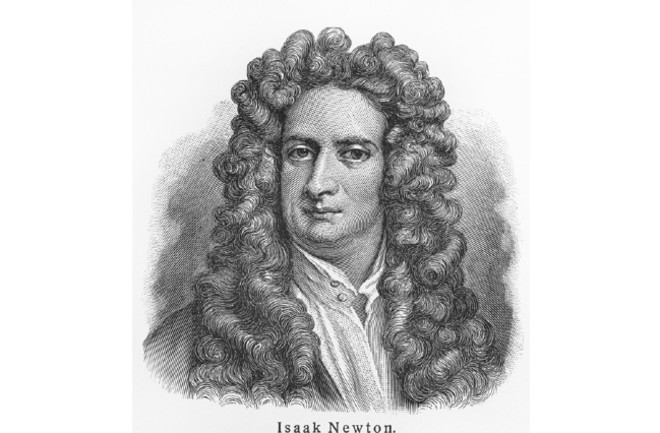Lawrence Principe was sorting through a collection of old chemistry books at the Chemical Heritage Foundation in Philadelphia when he stumbled upon a forgotten manuscript handwritten by Sir Isaac Newton. Any Newton manuscript is of interest, but this one was worth its weight in gold, literally — as Principe, a chemist and historian of science at Johns Hopkins University, recognized immediately. Holding the yellowed manuscript in his hands and studying the scribbled words, he understood that he was looking at one of the best-kept secrets in the history of science. Today revered as the father of modern physics and the inventor of calculus, Newton was describing a recipe for the Philosophers’ Stone, a legendary substance that reputedly could turn base metals like iron and lead into gold. Newton’s dabblings in alchemy are well known, but his belief that he had found the closely guarded blueprint for the Philosophers’ Stone was astonishing indeed.
Newton was not the only intellectual heavyweight from his era trying to make gold. The recipe for the Philosophers’ Stone had come from his older contemporary, the famed British chemist Robert Boyle. As it turns out, Boyle was a devotee of alchemy too.
If two of the greatest scientists who ever lived were dedicated alchemists, then alchemy needs a makeover, a big one, contend Principe and his colleague William Newman, a historian of science at Indiana University. Back in the day, the two argue, alchemy was not the misguided pseudoscience that most people think it was. Rather, it was a valuable and necessary phase in the development of modern chemistry. Among alchemy’s signature accomplishments: creating new alloys; manufacturing acids and pigments; inventing apparatus for distillation, the process used in making perfumes and whiskeys; conceiving of atoms centuries before modern atomic theory; and providing a template for the scientific method by running controlled experiments again and again.
Aiming to restore alchemy to its rightful status, Principe and Newman — who came to the field separately but joined forces after meeting at a conference in 1989 — went through medieval alchemical texts, letters, and laboratory notebooks filled with odd symbols and coded language. Then they did something unheard-of in recent times: They made replicas of the laboratory glassware used by 15th-, 16th-, and 17th-century alchemists and re-created their experiments firsthand.

